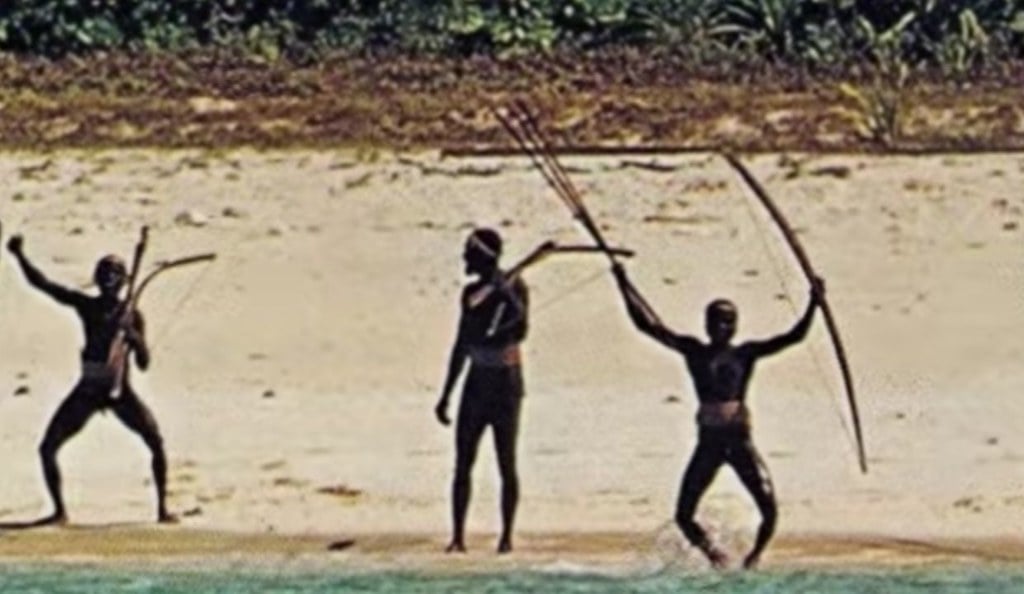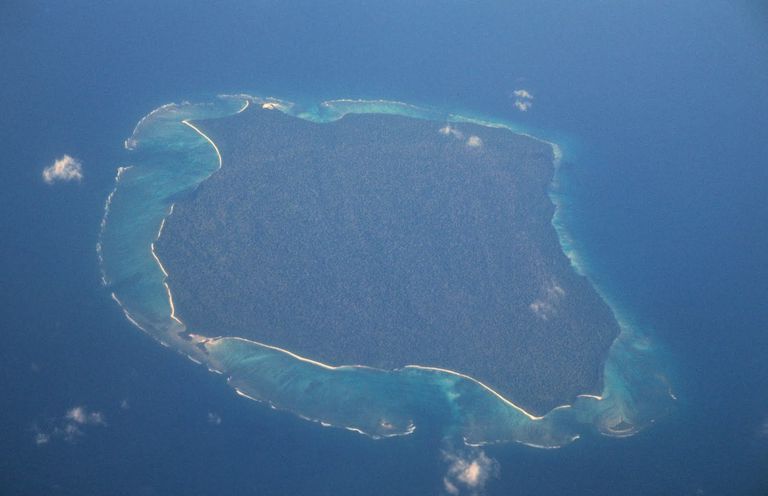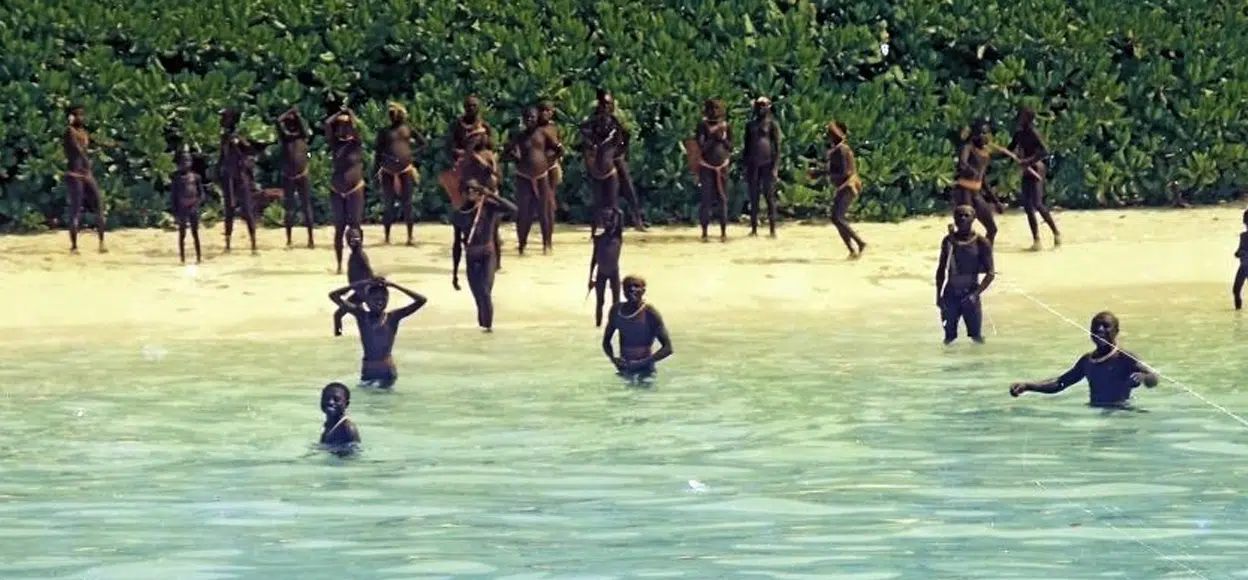
The Sentinelese people, residing on North Sentinel Island in the Indian Ocean, are a stone age tribe that has inhabited the island for an estimated 60,000 years.
Their population ranges from about 80 to 150 individuals, and they maintain a hunter-gatherer lifestyle reminiscent of the Stone Age, devoid of agricultural practices. Numerous attempts to contact this tribe from the outside world have resulted in vehement hostility.
Describing the Sentinelese tribe of India’s remote Andaman Islands in his travel journals, the thirteenth-century explorer Marco Polo wrote: “They are a most violent and cruel generation who seem to eat everybody they catch.”
The Indian government has established a policy of non-interference and limited contact with the tribe in order to protect their way of life and prevent the potential spread of diseases to which the Sentinelese may have no immunity.
In 1771, an East India Company ship observed numerous lights on the shores of North Sentinel Island but refrained from investigating.
In 1867, an Indian merchant ship was compelled to land on the island due to severe monsoons, prompting an attack by the islanders with arrows. The crew managed to defend themselves with rudimentary weapons until the Royal Navy came to their rescue.
In 1880, the British revisited the island and discovered an abandoned village inland. They kidnapped six Sentinelese individuals, all of whom fell ill upon exposure to the outside world. In 1896, an escaped convict reached the island, only to be found dead with arrows and a slit throat.

American missionary killed by the Sentinelese
One of the most well-known incidents occurred in 2018 when an American missionary named John Allen Chau was killed by the Sentinelese people shortly after he illegally visited North Sentinel Island in an attempt to establish contact and spread his religious beliefs.
A night before 26-year-old John Chau was killed by the Sentinelese in the Andaman Islands, he had written in his diary, “Lord, is this island Satan’s last stronghold where none have heard or even had the chance to hear your name?”
The pages of the diary, which had been accessed by The Washington Post, recorded the last days of Chau’s journey till the night before he was killed.
Chau also knew that his journey to this island he describes as “Satan’s stronghold” was illegal, as he had paid the fishermen taking him to “maneuver” in a way that he was not caught by the Indian Coast Guard and other law authorities, The Washington Post report added.
Describing his boat journey to the island, he makes it clear that he didn’t want to die, but accepted the possibility. “I think I could be more useful alive,” he wrote, “but to you, God, I give all the glory of whatever happens.”
He asked God to forgive “any of the people on this island who try to kill me” – especially “if they succeed”.
Chau’s death highlighted the Sentinelese people’s strong desire for isolation and their resistance to outside contact. The Indian government strictly regulates access to North Sentinel Island to protect both the Sentinelese people and any potential outsiders who might inadvertently introduce diseases to which the tribe has no immunity.

Mysterious culture
The tragic incident involving John Allen Chau underscored the importance of respecting the Sentinelese people’s isolation and the need for responsible and ethical approaches when dealing with isolated and uncontacted tribes.
The Sentinelese possess a distinct culture, which remains mysterious due to our limited interactions with them. While little is known about their language, rituals, and social structure, their unique system of survival and resource management has piqued the curiosity of many anthropologists and researchers.
Studying their hunting techniques, communal living patterns, and resource utilization can provide invaluable insights into alternative ways of life that have been overshadowed by the modern world.
The Indian government has made it illegal to approach the island or attempt to make contact with the Sentinelese, both to protect the tribe from diseases to which they have no immunity and to respect their desire for isolation.
Ships, coast guard aircraft, and marine police boats are ever-present and keep tabs on the island so as to maintain the safety of the tribe through adherence to regulations by outsiders. Coastal sea areas of up to five kilometers have likewise been designated as tribal reserve areas.
This is to ensure that fish, turtles, and other sea life remain abundant for the exclusive use of the Particularly Vulnerable Tribal Groups.
After the devastating 2004 Indian Ocean tsunami, there were concerns about the Sentinelese’s survival. However, they appeared to have withstood the disaster, as subsequent aerial surveys spotted members of the tribe shooting arrows at the low-flying aircraft.
See all the latest news from Greece and the world at Greekreporter.com. Contact our newsroom to report an update or send your story, photos and videos. Follow GR on Google News and subscribe here to our daily email!



